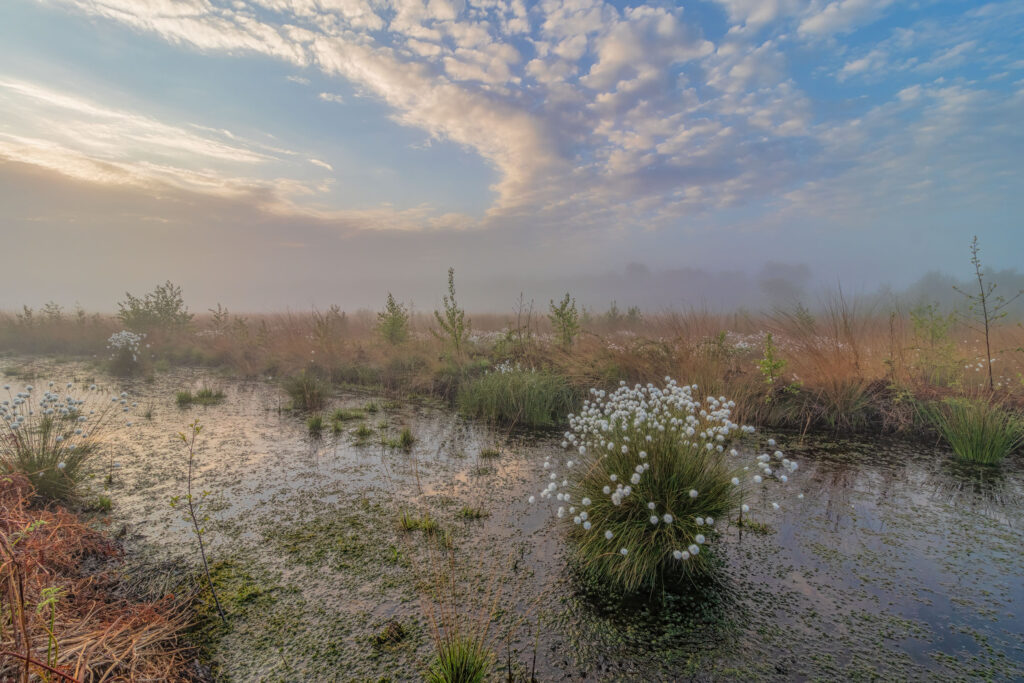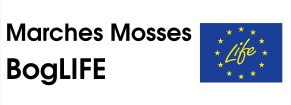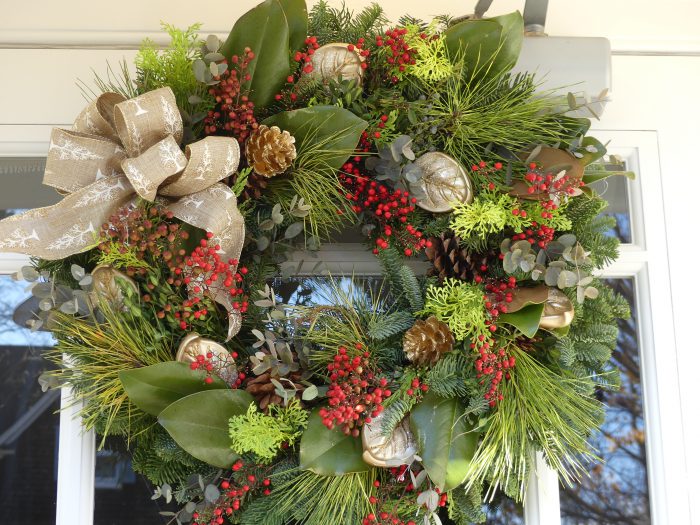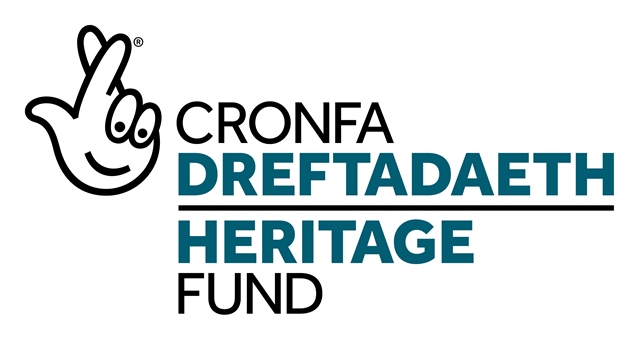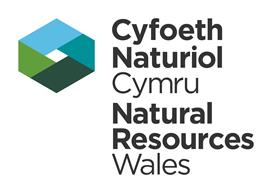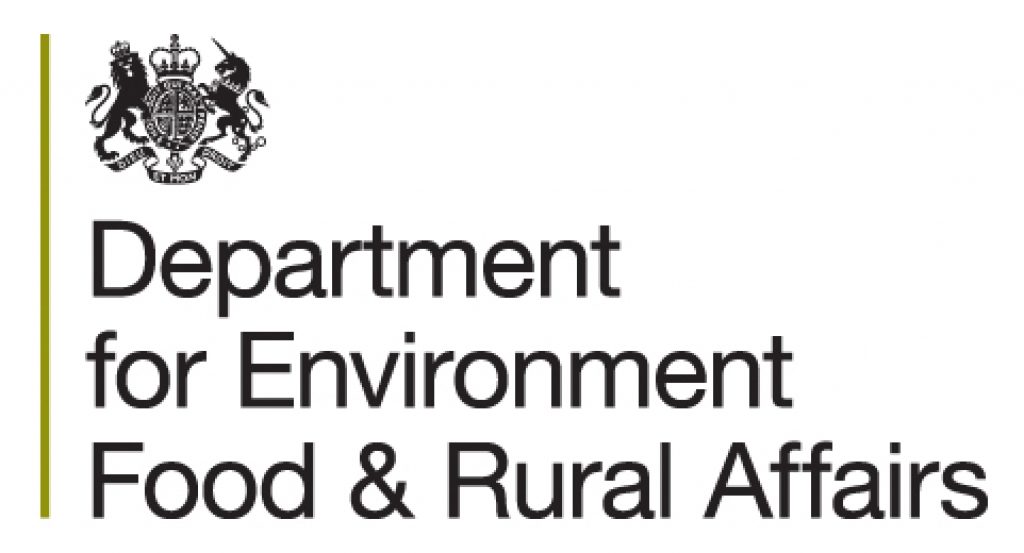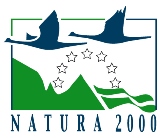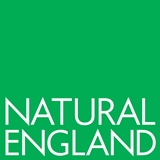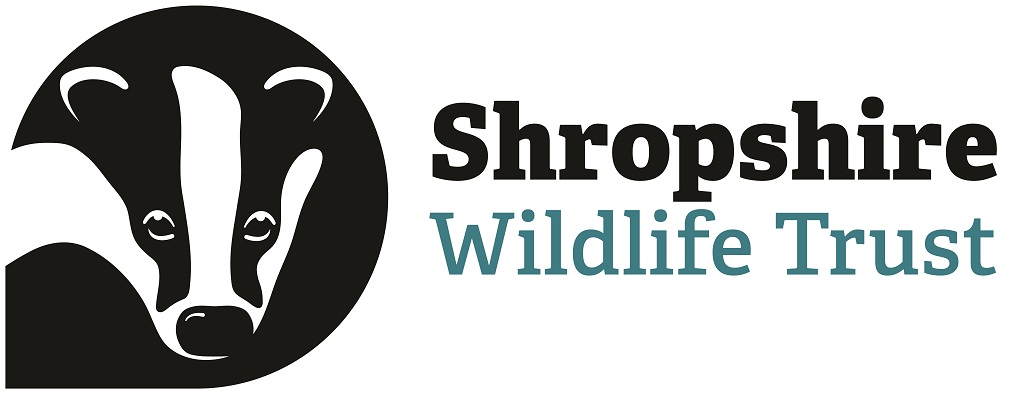Christmas Wreath Making on the Marches Mosses
December 23, 2020
You likely already have your Christmas wreath hanging on your door. If not, there’s still time to make your own and we’ll give you some ideas about how to do that. But we ask that you don’t use Sphagnum moss as the base for your wreath. The reasons why go back over a hundred years…
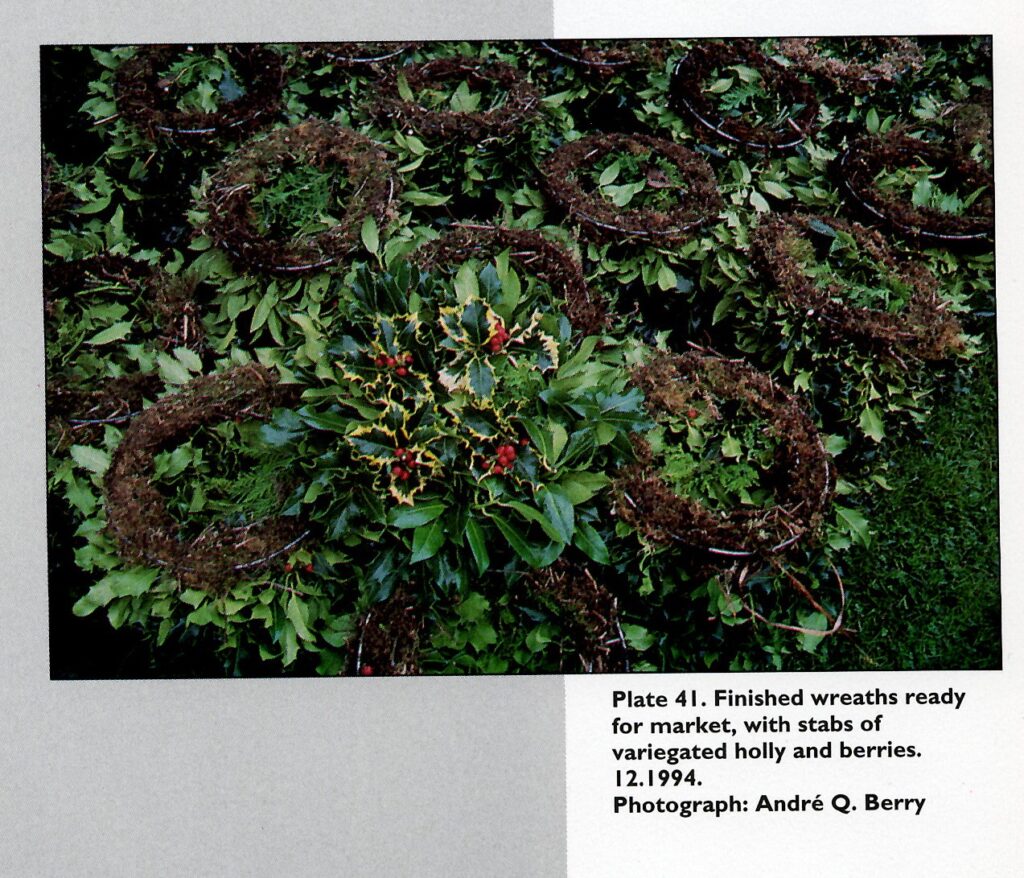
Clwyd County Council 1996
Shortly after World War One, wreath making began among the families of peat cutters on Whixall Moss after they noticed holly wreaths being used on war graves. They adapted this to making Christmas wreaths. This became a large business, with some families making up to four thousand Christmas wreaths each winter and selling them in markets in Manchester, Liverpool and Chester and even as far away as Harrod’s in London. Wreath making provided a much-needed source of income for the peat cutters’ families in the off-season.
How did Whixall become a centre for wreath making in the area?
Simply, it was due to the availability of bogmoss from the peatbog, which the makers used as the base for the holly wreaths.
At the beginning, the wreath base was bound straw shaped around a bucket, although this was later replaced by wire frames. The frames were bound with Sphagnum moss from the deep peat cuts in the moss and Top Moss that was collected from the tops of the peat mounds.
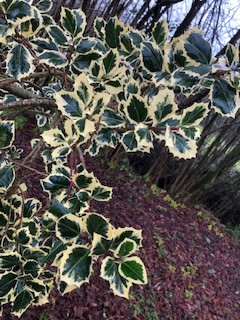
The wreath makers then added holly leaf “stabs” – variegated or plain – and real berries to the wreath. It was hard work, often resulting in sore, cut hands from the holly, and had to be done in a short time frame, to meet the demand of the Christmas markets and to avoid having the moss dry out.
By the time that English Nature, now Natural England, took over Fenn’s and Whixall Moss in 1991, creating the National Nature Reserve (NNR) there, only a few families were still making Christmas wreaths. Natural England began to buy out their bogmoss-collecting licenses to prevent the Mosses from being further damaged, and at the same time, to compensate the remaining wreath-making families for their loss of income. In 1971, the last few moss collectors were bought out by Natural England and moss collecting ended.
Why stop moss collecting at Fenn’s and Whixall?
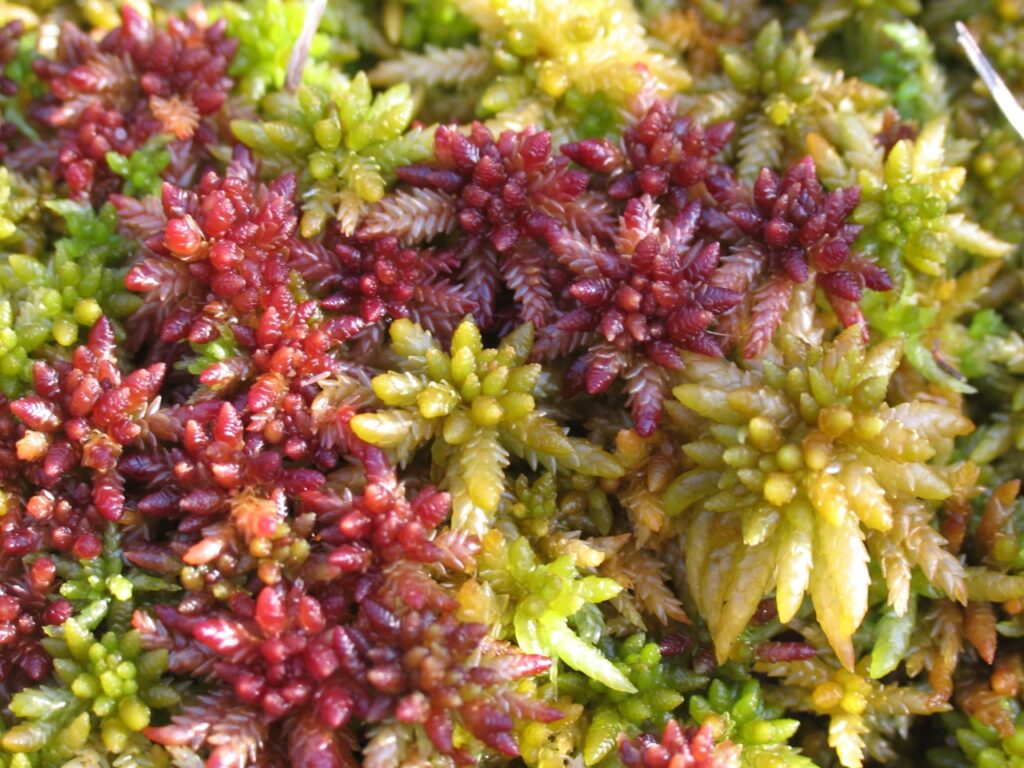
Sphagnum moss is the key plant in new peat creation, but it works very slowly: new peat is created at only 1mm per year and cutting it for wreaths – or garden compost – actually reduces the existing peat faster than new is created. Healthy peatland is a huge weapon in the fight against the climate crisis, as it stores carbon. In fact, healthy peatland stores more carbon, acre for acre, than forests do.
What now for Christmas wreath making?
We’re planning to resume our popular wreath making events at the Marches Mosses in 2021 and we’ll look forward to you joining us then.
In the meantime, if you’re still thinking of making your own wreath this Christmas, there are lots of “recipes” for making your own using natural materials that don’t involve buying those bags of Sphagnum that some shops still sell. Here are some of them:
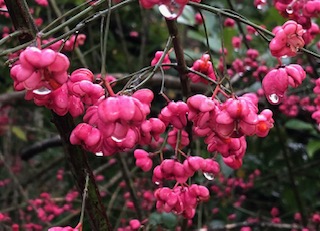
- You can use willow ‘whips’ to make the base of the wreath. Cut some thin willow branches that will form the base.
- Bend the willow into a circle to form the base. Intertwine the whips and tie them into a circle with garden wire or twine. The warmth of your hands will keep the willow soft while you work.
- Cover the base with moss from your lawn or garden (not Sphagnum from the Mosses) or flat conifer branches tied together with florists’ wire or twine.
- You can tuck in small ‘stabs’ of holly, pine cones, winter berries and ribbon – whatever you like.
- If you’re foraging for natural materials, please remember to get the landowner’s permission and make sure you leave some for wildlife.
- After the festive season, you can strip the materials from the willow rings and keep them in a cool place for next year.
Or you could just come out to the Mosses for a pre-Christmas walk!
